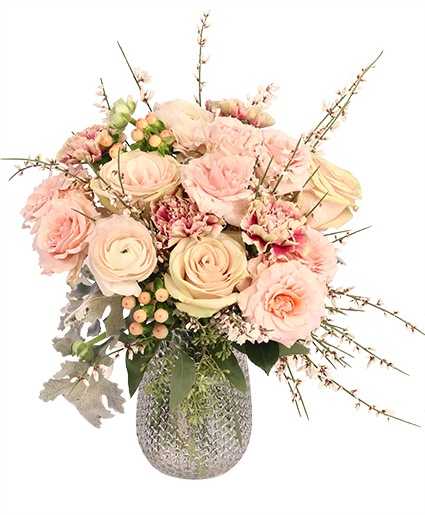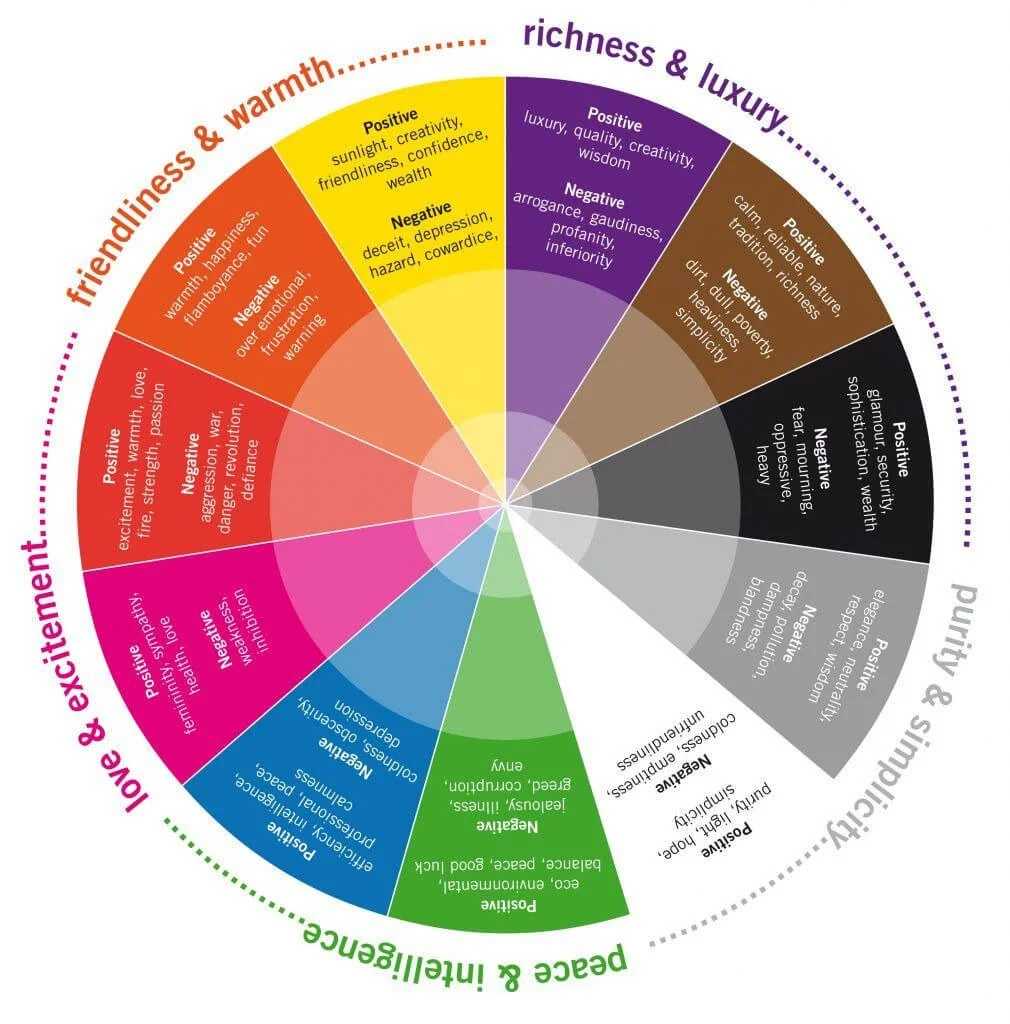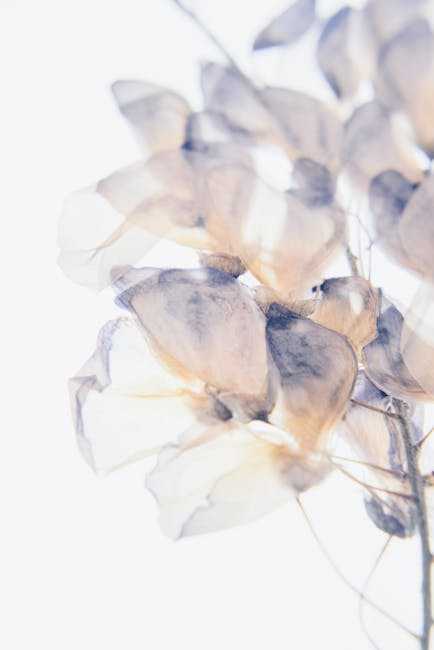table of Contents
- Exploring the Basics of Watercolor Floral techniques
- Choosing the Right Materials for Floral Watercolor Masterpieces
- Understanding Color Theory in Watercolor Floral Art
- Tips for Creating Depth and Dimension in Floral Watercolors
- Q&A
- Final Thoughts
Exploring the Basics of Watercolor Floral Techniques
Watercolor painting invites a whimsical and delicate touch to floral creations, allowing artists to express the beauty of nature with fluidity and grace. The key to mastering watercolor florals lies in understanding a few fundamental techniques that will elevate your artistry. Layering, for instance, is essential for building depth and richness. Start with a light wash of color to establish the base before adding darker hues. This technique not only enhances dimension but also creates a natural flow that mimics the gentle gradients found in real flowers.
Wet-on-wet and wet-on-dry are pivotal techniques to explore. In the wet-on-wet method, you apply wet paint onto wet paper, resulting in soft, blended edges that emulate the softness of petals. this technique works beautifully for backgrounds or creating a misty atmosphere. Conversely,wet-on-dry involves applying wet paint onto a dry surface,wich allows for more defined lines and details. Try using this method to capture the intricate details of flower centers or the veins in leaves.
Choosing the right brush is also critical for accomplished watercolor florals. Different brushes serve unique purposes, enhancing your ability to create various effects. Round brushes are fantastic for creating delicate petals and detailed strokes, while flat brushes work well for broad washes and foliage. additionally, utilizing fan brushes can produce textures that mimic leaves and natural patterns. Experimenting with brush sizes and shapes will help in discovering your personal style.
don’t underestimate the power of color mixing. Understanding the color wheel can significantly aid in creating harmonious palettes. When mixing colors, aim for a balance that captures the essence of the flowers you wish to depict. Such as, for soft pastels, blend colors such as cadmium yellow, quinacridone rose, and cerulean blue to create a dreamy bouquet. By honing these basic techniques, you’ll find yourself more equipped to explore the endless possibilities that watercolor florals offer.


choosing the Right Materials for Floral Watercolor masterpieces
When embarking on your watercolor floral journey, selecting the right materials can make all the difference in translating your creative vision onto paper. First and foremost, watercolor paper is crucial. Opt for high-quality, 100% cotton paper or a heavyweight rag paper specifically designed for watercolors. These papers can absorb moisture without warping and offer a smooth texture that makes colors pop. It’s beneficial to choose a cold-pressed texture for a more natural, organic feel, while hot-pressed paper provides a smoother surface for detailed work.
Next, consider your watercolor paints. The market is flooded with options ranging from student-grade to professional-quality paints. While student-grade paints are more affordable, investing in professional-grade paints ensures richer pigments and better lightfastness. Look for brands like Winsor & Newton or Daniel Smith, which offer a wide variety of vibrant hues. Don’t forget about the palette; having a palette with wells can definitely help you mix and store paint effectively, encouraging experimentation with different color combinations.
Brush selection plays a pivotal role in achieving the desired fluidity and detail in your floral compositions. Brushes come in various shapes and sizes, but a good starting point includes a round brush for general application, a flat brush for washes, and a liner brush for fine details. When choosing brushes, look for those made from synthetic fibers or high-quality sable bristles, as they hold water and paint efficiently, allowing for smooth strokes and varied techniques.
Lastly, don’t underestimate the importance of accessories in your floral watercolor repertoire. Items such as masking fluid, which protects areas of your paper from being painted over, can be invaluable when working with intricate designs. Additionally, consider investing in a sturdy water container and high-quality paper towels or cloths for quick clean-ups. These little tools will streamline your process and enhance your overall painting experience, allowing you to focus on creating stunning floral masterpieces.


Understanding Color Theory in Watercolor Floral Art
Color theory is essential for creating stunning watercolor floral art, as it lays the foundation for how colors interact and blend on paper. Understanding the color wheel is a great starting point.The color wheel displays primary, secondary, and tertiary colors, allowing artists to see relationships between hues. For instance, pairing complementary colors can create vibrant contrasts, while analogous colors can provide a harmonious palette. By exploring these relationships, artists can evoke emotions and set the tone for thier compositions.
In watercolor techniques, transparency and layering play a pivotal role in color mixing. Since watercolors are inherently clear,layering allows for an ethereal blend of colors. When applying washes,consider using lighter shades first and gradually adding darker pigments. This technique not only enhances depth but also helps to achieve more complex hues. remember, what’s exciting about watercolors is their ability to surprise; sometimes the unpredicted outcomes of mixed colors can lead to lovely surprises in your floral pieces.
To create more dynamic artworks, grasping the concept of temperature is vital.warm colors (such as reds,oranges,and yellows) can bring flowers to life,making them appear closer to the viewer,while cool colors (such as blues and greens) can create a sense of distance.Experimenting with the balance of warm and cool tones can transform an ordinary floral painting into an extraordinary one.Saturation and value also affect perception; utilizing vivid colors alongside more subdued tones can create striking focal points in your arrangement.
don’t overlook the impact of color symbolism in floral artwork. Different colors evoke specific feelings-red ofen symbolizes love and passion,while blue conveys tranquility.Having a clear understanding of these associations can enhance the narrative of your composition. Incorporating color symbolism not only adds depth but also allows you to communicate emotions and messages through your art.As you embark on your watercolor floral journey, let these principles guide you to create pieces that resonate with your audience on multiple levels.


Tips for Creating Depth and Dimension in Floral Watercolors
Creating depth and dimension in floral watercolors relies heavily on your choice of color and the way you layer your paint. Utilizing a variety of shades within a single flower can make it appear more realistic and three-dimensional.Start by painting the base layers with lighter colors to establish the foundation. Then, gradually add darker shades to areas that require more depth, such as the shadows underneath petals or the areas near the center of the flower. The careful blending of these hues can emphasize the curvature of petals, leading to a more lifelike representation.
Another effective technique is the use of contrasting colors to draw the eye and create interest. Rather of solely relying on varying shades of a single color, consider incorporating complementary colors into your palette. For example,a vibrant blue flower can be enhanced with warm oranges or yellows in the background.This dynamic contrast not only helps individual flowers stand out but also creates a visual sense of space, making each element in your composition feel more layered and unique.
Texture adds another critical element to achieving depth in your watercolor florals. Experimenting with different brush strokes can help depict the delicate textures of petals and leaves. Use dry brushing techniques to create a rougher texture for leaves or to highlight the soft fuzz of velvety petals. Layering these textured strokes can produce a captivating effect – it’s all about building up the detail gradually. You can also incorporate splatter techniques to mimic natural elements like pollen, enhancing the overall look.
don’t overlook the background in your floral artwork. A well-thought-out background can significantly impact how your flowers are perceived in terms of depth. Use lighter washes of color or soft gradients to ensure they don’t overpower the focal point. Consider adding subtle elements like blurred shapes or bokeh effects to contribute to the sense of space. By incorporating these background elements, you can effectively frame your floral subjects, allowing them to pop with a sense of three-dimensionality.
Q&A
Q&A on Watercolor Painting floral
Q1: What materials do I need to get started with watercolor painting florals?
A1: To begin watercolor painting florals, you’ll need a selection of high-quality watercolor paints, a set of watercolor brushes (preferably in various sizes), watercolor paper that can handle moisture, and a palette for mixing colors.It’s also helpful to have a pencil and eraser for sketching your floral design before applying paint.
Q2: How do I choose the right flowers to paint?
A2: Choosing flowers with distinct shapes and vibrant colors can greatly enhance your watercolor painting. Consider seasonal flowers for inspiration,such as sunflowers in summer or tulips in spring. Alternatively, select flowers you find visually appealing or ones that hold personal significance to you; this will infuse your work with emotion and intention.
Q3: What is the basic technique for painting florals in watercolor?
A3: The basic technique involves layering colors to create depth and dimension. Start by lightly sketching your flower, then apply a wash of light color to establish the base. Once dry, build up layers with darker shades, using wet-on-dry or wet-on-wet techniques to achieve different textures. Remember to allow each layer to dry before adding more details for a cleaner finish.
Q4: How can I make my floral paintings look more realistic?
A4: To enhance realism in your floral watercolor painting, focus on observing light and shadow. Notice how light interacts with the petals, creating highlights and depth; use lighter colors on highlighted areas and darker shades on the shadows.Additionally, incorporating tiniest details such as veins on leaves or textures on petals can bring your representation to life.
Q5: Is there a specific style I should follow when painting watercolors?
A5: While there’s no one-size-fits-all style, many artists find success in balancing realism with a personal touch. You might choose to emulate styles such as loose and expressive brushstrokes or controlled and precise applications. Experiment with different approaches until you discover what resonates with you, allowing your unique artistic voice to shine through.
Q6: What are some common mistakes to avoid when painting florals in watercolor?
A6: Some common pitfalls include overworking the paint,which can lead to muddy colors,and not allowing adequate drying time between layers. Another frequent mistake is neglecting the composition; pay attention to the arrangement of flowers and negative space to create a visually appealing piece. Lastly, make sure you’re using appropriate brush techniques to avoid harsh lines when softer transitions are needed.
Q7: How can I incorporate backgrounds into my floral watercolor paintings?
A7: Introducing a background can add context and dimension to your florals. consider using soft washes of color or abstract shapes that complement the flowers without overwhelming them. gradients or blurred effects can create a sense of depth, allowing your main subject to stand out while still providing an engaging surroundings.
Q8: Where can I find inspiration for my floral watercolor paintings?
A8: Inspiration can be found everywhere! Nature walks, botanical gardens, and local markets offer vibrant flower displays. Online platforms like Pinterest and Instagram showcase floral art that can spark ideas. Additionally, art books and tutorials can provide new techniques and styles to try, opening doors to various creative possibilities.
Q9: How can I improve my skills in watercolor floral painting?
A9: Consistent practice is key to enhancement. Set aside dedicated time to paint regularly, experiment with new techniques, and analyze your work. joining a local art class or online community can provide valuable feedback and support.Lastly, seek out critiques or encouragement from fellow artists to help refine your skills further.
Q10: Are there any final tips for beginner watercolor floral artists?
A10: Approach your watercolor painting journey with patience and curiosity. It’s okay to make mistakes-learn from them! Keep experimenting with colors, techniques, and styles, and remember to enjoy the process rather then focusing solely on the outcome. Above all, let your passion for florals bloom through your brush!
